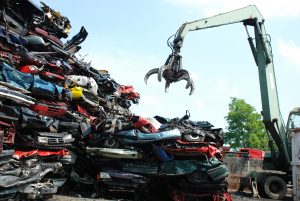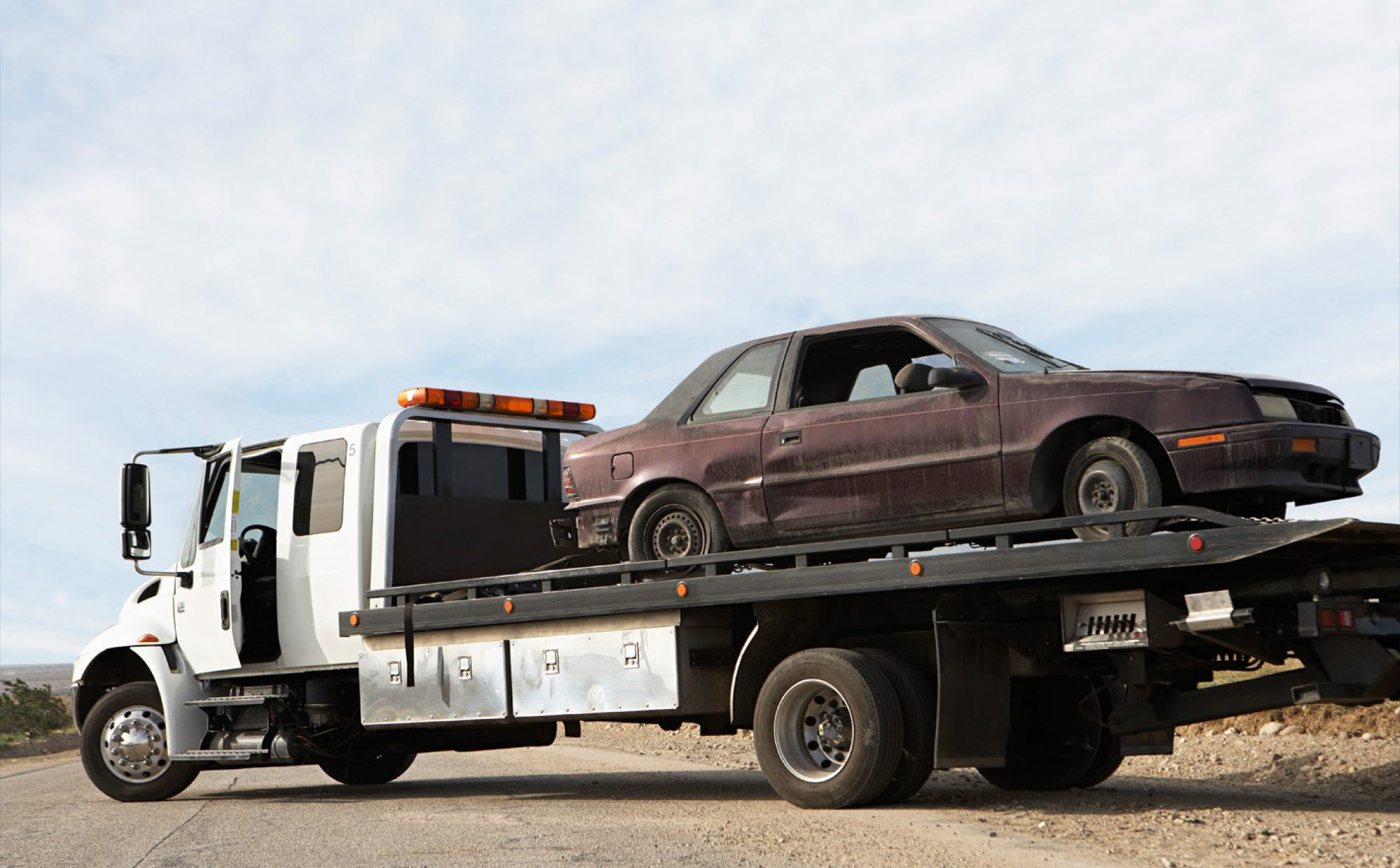
The increase in demand for electric vehicles on the market has made an impact on the environment, car manufacturing, and car recycling. These new cars are created with different metals that are lightweight to accommodate for the heavier lithium-ion battery.
An example of a car would be Tesla, the engines and the batteries are 20-30 percent heavier than the normal combustion engines and fuel tanks. To alleviate the weight difference, automobile manufacturers are developing materials, including aluminum that can replace steel for cars to travel further on less power.

At the forefront of ensuring that electric vehicles don’t create environmental problems when they reach their end of cycle, is the scrap metal recycling industry. Although recyclers may not see profits right away, the early preparation and fine-tuning of recycling capabilities could prove to be a boom in the long run. The future of recycling plants may depend on their extracting of REEs, lithium, cobalt, and other superalloys from batteries and other parts of electric vehicles.
Journal Nature explains that the future of electric car manufacturing relies on the disassembly of the batteries when they reach the end of cycle, so that as much material can be recycled as possible. This could mean being able to reuse old battery materials to create new ones. The EV, or electric vehicle battery life cycle is estimated to last 8 years when powering a car.
The Institute of Energy Resources, predicts that more than half of new car sales are going to be for electric cars by 2040. In the United States, California and Oregon are already making innovations in recycling and are able to recycle materials from used batteries. Advanced processes are still needed to make recycling more economic, but that is the future of the car recycling industry.
Sources:
https://www.generalkinematics.com/blog/electric-vehicles-and-the-effect-on-the-metal-market/
https://www.theverge.com/2019/11/6/20951807/electric-vehicles-battery-recycling









